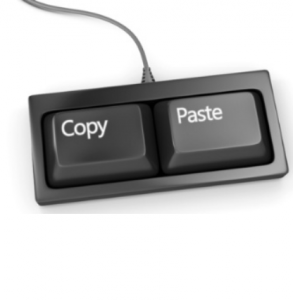An improvement project has just been completed at one of your sites. As the team provides their final report out to the sponsor, they highlight a number of ways the project was successful:
- The process improvements have resulted in work that is faster and easier.
- It takes fewer resources and adds more value.
- The hard savings are significant.
- The new work methods reduce the risk of injury.
Wonderful!
At the end of the presentation, the sponsor turns to you and says, “Let’s replicate this same project at the other five sites. There’s no reason we can’t garner the same benefits by simply implementing these same changes, right?”
Why there is no such thing as identical processes
 If only we could copy the project and create a blueprint, then another team could put these identical changes in place. All we need to do is determine the process steps that were followed and provide detailed documentation to the implementation team. With this road map, it should be a straightforward task.
If only we could copy the project and create a blueprint, then another team could put these identical changes in place. All we need to do is determine the process steps that were followed and provide detailed documentation to the implementation team. With this road map, it should be a straightforward task.
Unfortunately, true project copying or replication is uncommon. Why?

